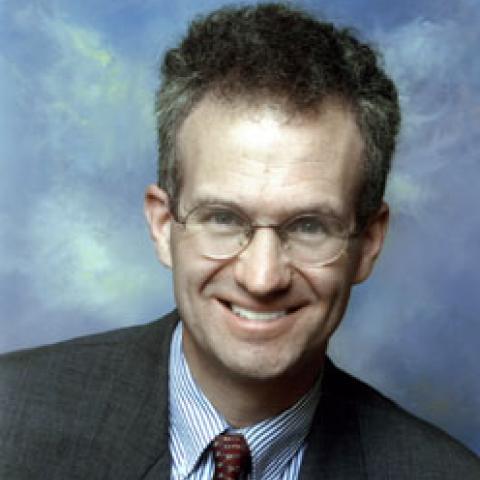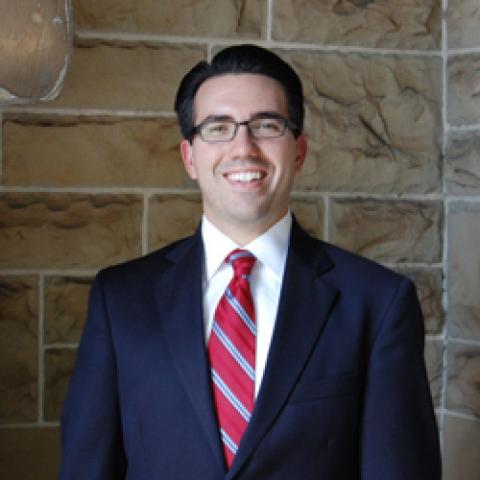
Harold Stover retired from the position of organist and director of music at Woodfords Congregational Church, United Church of Christ, in Portland, Maine, on January 15, the 21st anniversary of his appointment. He will continue as director of Renaissance Voices, a Portland-based a cappella chorus, as instructor in organ, music theory, and music history at the Portland Conservatory of Music, and as a composer and organ recitalist. He previously served as organist and choirmaster at Second Presbyterian Church in New York City for 24 years. While in New York, he was also director of music at the Alexander Robertson School and organist of the St. Andrew’s Society of the State of New York. He is a graduate of the Juilliard School, where he studied with Vernon de Tar. Previous study was with Robert Ivey, Charles A. H. Pearson, Donald G. Wilkins, and John R. Lively.
Stover’s recital credits include concerts on most major series in New York, at the National Cathedral in Washington, Westminster Abbey in London, Harvard and Princeton universities, and many other venues. His compositions are published by Augsburg-Fortress, ECS, MorningStar, and Paraclete presses, and are recorded on the Albany, ACA Digital, and Gloriae Dei Cantores labels. His articles on organ and choral music have appeared in The Diapason, The American Organist, The Tracker, and Worship, Music, & Ministry, the journal of the United Church of Christ Musicians Association. He served as the editor of Worship, Music, & Ministry from 2008 until 2012.
Stover has served as dean of both the New York City and Portland, Maine AGO chapters, and has been featured as composer, organist, and workshop leader at regional and national conventions. He sits on the Advisory Board of the Friends of the Kotzschmar Organ, Inc., and served as the organization’s president from 2003 until 2006. In 2007, the Mayor of Portland presented him with the Key to the City in recognition of his contribution to the city’s cultural life. Stover has made seven appearances as composer and organist on American Public Media’s Pipedreams and was named an Anniversary Associate of the Albert Schweitzer Fellowship in 1989.




